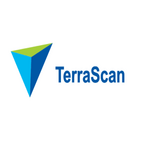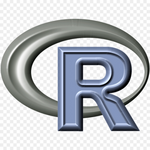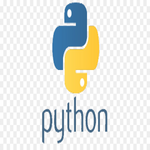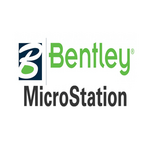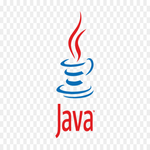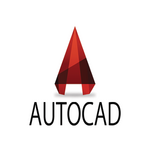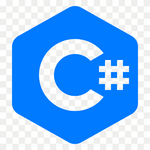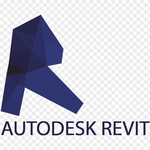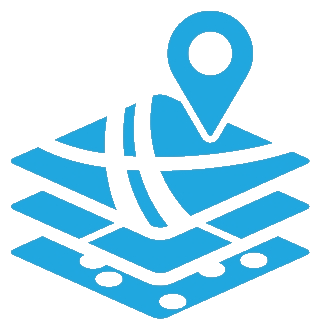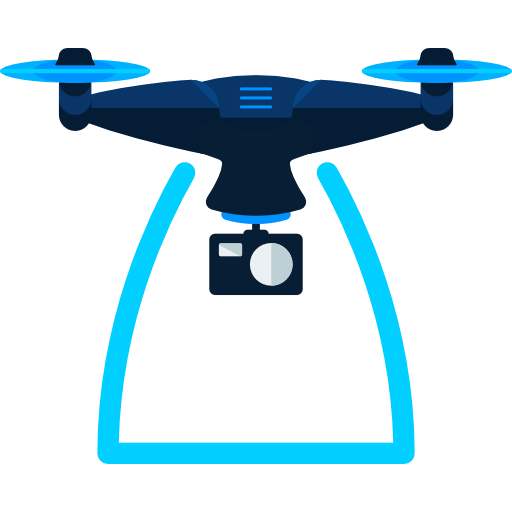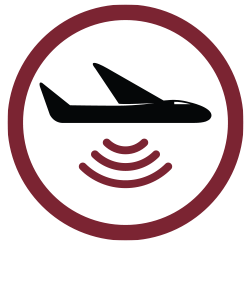Photogrammetry is a process to obtain reliable information and measurements of physical objects from photographs and use them for the development of maps, drawings, or 3D models of terrains. Aerial images require pre- and post-processing using Photogrammetry before they can be used to extract valuable geo-data. Fervent Technologies offers a variety of Photogrammetry services. Our advanced photogrammetry division enables us to capture data from small to large scale stereo models and generate digital topographic maps of high precision. Explore our Photogrammetry services.

Aerial Triangulation is the calculation of true ground coordinates, used as the base reference in Photogrammetry. Aerial Triangulation is the process of densifying and extending ground control through computational means. AT extends horizontal and vertical control from relatively few ground survey control points to each unknown ground point included in the solution. The supplemental control points are called tie points, and they are used to control subsequent photogrammetric mapping. Each stereo model is scaled and levelled using the adjusted coordinate values of the pass points located in the stereo model. Fervent Technologies offers complete soft copy aerial triangulation services, providing highly accurate control for the map production. Digital images are uploaded into softcopy workstations. The airborne GPS coordinates and the ground survey control points are used to control the triangulation solution.
The following documents would be required for executing the Aerial Triangulation process
- Line map of the project area showing flight lines.
- Project boundaries.
- Control point locations and identification numbers.
- Description of Ground Control Points with coordinates.
- Estimates of horizontal and vertical accuracy of Ground Control Points.
- Camera calibration report.
- Technical specifications.

Planimetry is a horizontal feature on a plane surface without elevation contours to depict the terrain, wherein topographic mapping contours and elevations are vital parts. Our advanced photogrammetry division enables us to capture data from small to large scale stereo models and generate digital topographic maps of high precision. Fervent Technologies team is well equipped in the photogrammetric data processing. Before starting a vector compilation project, accurate estimation is done regarding the time, manpower, and project duration. To analyze the project requirements and expectations of the client, we review the project based on standards and specifications. As per the project specifications and client requirements, various kinds of features (Buildings, Roads, Man Holes, Drains, Light poles, Streams, Fences, and Parking, etc.) are captured on Digital Photogrammetric Workstations using scanned/digital images. We have successfully executed many projects that involve large scale mapping as well as up-gradation work with high accuracy.
Our Planimetry Services include
- Different scale Planimetry Mapping
- Topography Mapping
- Golf course Mapping
- Altimetry Mapping
- Manual contour Mapping
- Water reservation Mapping
- Hydrological Mapping
- Road corridor Mapping
- Mining Mapping
- Utility Mapping
- Land use development Mapping

Fervent Technologies has vast experience in the creation of TIN Models and elevation models from the DEM data Contours. Digital elevation model (DEM) is a medium of aerial photogrammetry and digital photogrammetry that is a representation of the Earth’s relief used for geospatial analysis and modeling. Elevation data are captured in the form of points with defined interval and the Break lines. We can help you create fully detailed digital terrain models for Orthophoto rectification, contour generation, and digital elevation models for specialized applications. We will help you in mapping high-resolution digital representation of ground topography and terrain. In many cases, you may need to convert a DEM from a digital surface model (DSM) to a digital terrain model (DTM). A DSM represents the elevation surface, including objects, such as buildings and trees, whereas a DTM represents a bare-Earth elevation surface. For this reason, using a DTM to perform orthorectification generally produces better results. However, a DEM extracted from overlapping images is a DSM; it first should be converted to a DTM and then edited before using it for orthorectification. You can use a bitmap or vector mask to identify specific areas of the DEM you want to edit. The mask itself does not change the values in the area that it covers: use the tools available in the DEM Editing window to modify the data under the mask.
We practice the following processes before deliveries.
- Interpolation of height at any terrain point.
- Plots of contours with user-specified contour intervals.
- Generation of longitudinal and cross-section profiles.
- Plots of isometric and perspective images.
- Volume calculations, including computation of cut and fill.

We have proven our expertise in providing the highest quality orthophoto production services and are capable of meeting any large-scale requirements irrespective of the topography, in a way, ensuring you smooth operations and reliable results. As well as Orthorectification allows elements such as roads, plan views of buildings, railway lines, woodland, rivers, and lakes, etc. to be accurately positioned in two-dimensional maps. Digitization and analysis then mean different cartographic layers and filters can be applied with consistent scale and geometry. Digital Orthophoto is a raster image generated by differentially rectifying scanned aerial photographs to compensate for distortions due to the altitude of the aircraft and the relief of the terrain. Digital Orthophotos combine the image characteristics of a photograph with the geometric qualities of a map. The Ortho Photo generation requires Thermal Imagery Processing, RGB & CIR Orthophotography, and Black & White Orthophotography. It allows precise calculation of planimetric distances with the real-life representation of ground areas.
Our Orthophoto generation Services include
- Multi-sensor image fusion
- Orthorectification and Orthophoto interpretation
- Color balancing and image mosaicking
- Object-based image classification
- Seamline editing and Tile cutting


